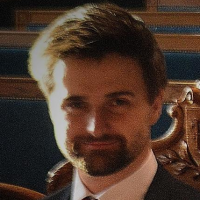On 26 June 2022 Zar Amir Ebrahimi won the Best Actress award at the Cannes Film Festival for her role in the film Holy Spider, the story of a journalist, in misogynistic Iran, who investigates a serial killer murdering prostitutes. As Ebrahimi took her prize, she announced that “Iran’s next revolution will be brought on by women taking back the freedoms denied to them in the Islamic republic”.
Then a few months later, on 16 September 2022, an Iranian girl of Kurdish origin named Mahsa Amini died in a hospital in Tehran, allegedly at the hands of Iran’s Morality Police. The story immediately spread on social media, with the Twitter hashtag Mahsa Amini being retweeted almost 40 million times by the end of September 2022. Supporters of “The Iranian Government” and opponents of “The Iranian Regime” contested the details surrounding her death from the get go, such as the autopsy report saying that she died from cerebral hypoxia; the video released by the authorities that shows her collapse in front of the morality police; and her father’s refusal to accept that her past medical history had anything to do with her death.
Women inside Iran started burning their hijabs in protest of Iran’s mandatory dress codes and outright discriminatory rules towards women in general, resulting in a crackdown by the Iranian Government. In response to the protest, Iran arrested many protestors, including teenagers, but it’s also worth noting that about 22,000 protestors were later pardoned by the Supreme Leader, even though they probably should never have been jailed. The protesters were joined by Iranians in the diaspora with sympathy rallies taking place in Europe and North America. The Protest in Berlin at the end of October was particularly significant as it attracted up to 80,000 people – larger than any protest that took place within the Islamic Republic of Iran.
As a recent Mossad report admitted, the Iranian Protests have peaked, noting that the largest crowd inside Iran only attracted about 45,000 participants. The Israeli Intelligence Report blames ‘the winter’ as the culprit for decline, but it’s worth reflecting if there aren’t other reasons and if the Iranian Government doesn’t enjoy wide support from the larger public.
We have been told stories that the government is about to be toppled, but are these reports actually true?
I have travelled twice to Iran with my wife who is from Isfahan, first in 2021 during the Covid19 pandemic and again in 2023 following the death Mahsi Amini. Both visits were for one month on end and covered a variety of cities such as Tehran, Qom, Isfahan, Bushehr, Shiraz, Rasht, Zanjan, and Ramsar and also many small towns and rural areas. I have no particular affection for the Iranian government or “regime” as some prefer to call it, but I am sceptical with regard to the overall mainstream media story that the Iranian Government is about to be toppled.
I base my opinion on these two visits as well as the conversations that I have had with Iranians in my family in law, Iranians living inside of the country and those within the diaspora – many of them are not necessarily involved in a political movement.
History of the Hijab
In Iran, the hijab carries a complicated back-and-forth symbolic history. As during the Pahlavi dynasty, Iranian women proudly wore their religious clothing as an act of defiance against Reza Shah’s 1936 implementation of the Kashf-e hijab – “a modernisation reform” that allowed the police to rip the clothing off a women’s face women. But the practice took a different turn after the 1979 Iranian Revolution when the Supreme Leader Ayatollah Khomeini mandated that all women in public cover their “nakedness”. His actions sparked the 1979 Woman’s Protest against forced veiling that only briefly delayed the systemic implementation of the mandatory hijab. Then during the Iran-Iraq war the status briefly changed again as women proudly wore their hijabs to get behind the war effort. But as the war ended, the hijab started falling out of fashion to the extent that the Iranian Government’s own Parliamentary Research Centre stated in 2018 that, “positive attitudes to the dress code have been steady falling since 1992”.
Remarkably this decline occurred despite Mahmoud Ahmadinejad’s creation of the Morality Police in 2005 that gave several institutions the right to fine women for not adhering to the strict dress code. The parliamentary research committee went as far as recommending the abolition of the Morality Police, acknowledging that the policing practice was clearly counterproductive. Inside Iran there was clearly a long overdue debate taking place with supporters of the protest including former Presidents, former Mayors of Tehran, senior Islamic Clerics, and senior members of the Revolutionary Guard. In fact, as far back as 2010 the Chief of Police Ahmadi Moghaddam, a relative of Ahmadinejad, remarked that the laws that conservative hardliners want to enforce “is more like a joke.”
The “Iranian threat”
Western mainstream media in the past have made false or exaggerated claims regarding Iran’s internal affairs. A prominent example is the 2009 Green Revolution when the media ran with the accusation that the Iranian election was rigged. But as Edward Herman and David Peterson argued at the time, there was more than enough reason to be sceptical of the claim that President Mahmoud Ahmadinejad wasn’t legitimately elected. There was also clear evidence of National Endowment of Democracy’s involvement in training “activists” in favour of the protest. As a university professor remarked to me in 2023, the US government’s attempt to intervene in the internal affairs of Iran in 2009 led to an overreaction and a crackdown on reform-minded newspapers, resulting in a more paranoid administration and the imprisonment of the opposition leader Seyyed Mir-Hossein Mousavi.
Other false narratives about Iran include the 1994 AMIA bombing in Buenos Aires, Israeli Mossad’s fabrication of evidence regarding Iran’s Nuclear Capabilities Program and the 1996 bombing of Saudi Arabia’s Khobar Towers.
The US’s intentions to instigate regime change in Iran in the aftermath of September 11 was also made clear in an email exchange between Tony Blair and George Bush; and in General Wesley Clark’s famous PBS interview in which he stated that the Bush administration had the ambition of invading “7 countries in 5 years” with the end goal of being the invasion of Iran.
Also in 2009 the geopolitical thinking inside the US establishment was revealed when the Brookings Institute published a document titled: “Which Path to Persia?” with the subtitle “Options for a New American Strategy toward Iran”. The authors of the report were affiliates of the CIA, RAND corporation, and members of the Council on Foreign Relations. Sensible policy options like “Persuasion and Engagement with Iran” made up only a quarter of the whole document while the rest of the report consisted of a list of militaristic strategies that include invasions, airstrikes, using the Israel military as a proxy, supporting a popular uprising, supporting an insurgency and a instigating a coup d’état.
The grand narrative that Iran is “a threat to world peace” or “a threat to Israel” is routinely cited in our media without critical examination of Iran’s Geopolitical Strategy or the intentions of Western Governments to instigate another Operation Ajax styled on the 1953 coup d’état that toppled Iran’s democratically elected government of Dr Mohammed Mossadegh. As declassified material from the CIA revealed in 2017, the UK and America’s ultimate aim, in 1953, was to take control of Iran’s lucrative oil reserves under the guise of “fighting the influence of the Communist Tudeh Party” – a myth that is still repeated by mainstream media today, when in reality Mossadegh governed more like a conservative nationalist.
But even if we are to take all the propaganda narratives at face value, the proponents of war with Iran find it difficult to explain how Iran will carry out its “world domination ambitions”, with a military budget that is one-third of Israel’s, all the while being surrounded by nuclear armed Pakistan, nuclear armed Israel, nuclear armed Russia and the US Nuclear weapons stationed in Turkey under the NATO “defence alliance umbrella”. Iran is supposed to achieve this remarkable military feat with a gross domestic product on par with South Africa, a GDP per capita half of South Africa’s while facing a domestic inflation that is routinely over 50%. South Africa’s economy is about the same size as the US state of Maryland.
The consequence of these claims and other actions such as the US violation of the JCPOA agreement, the Trump administration’s assassination of Iran’s General Qassim Soleimani, and the long diplomatic standoff between Iran and the West has been that distrust between the United States and Iran is at an all-time high. A recent Gallup Poll found that 81% of Iranians do not believe that the United States is interested in democracy – the highest scepticism in the Muslim World – higher than countries like Syria, Libya or Iraq that the US has either invaded or bombed back to the Stone Age.
Media Coverage
Large media rallies that take place on Iran’s public holidays or in support of the Government’s position of the Hijab, or the important remembrance ceremonies of the Iran-Iraq War, are almost never covered in the West, or, when they are, their sizes are significantly underplayed. Furthermore, the Saudi Arabian funded Iran International, that Israel’s Prime Minister Benjamin Netanyahu lauded as a “a force to spread the truth and the hope of freedom”, shapes the opinion of many Iranians within the diaspora and therefore acts as a confirmatory amplifier for the understandable grievances that made them leave their country. Many Iranians living in the United States, for example, left their country almost 40 years ago, and it is my general sense that, like diaspora groups elsewhere, they lost significant touch with the opinion of ordinary Iranians.
It’s also worth noting that the US State Department has been funding state sponsored Twitter accounts with the intention of promoting a narrative that pushes for war with Iran. In 2022 Declassified Australia exposed the workings of a pro Western Info OP on social media that aims ‘to promote pro-Western narratives’, while ‘opposing countries including Russia, China, and Iran’. Persian Twitter is one of the most manipulated networks on the internet where the practice of hastag manipulation and targeted abuse of dissenting voices is routine – and it has not stopped since Elon Musk took ownership of the platform. For example, outright lies such as the claim that 15,000 protesters were sentenced to death during the latest protest was retweeted by high profile public officials like Canadian Prime Minister Justin Trudeau.
Other reasons to be sceptical of the media narrative include the role of the various factions, figures and “experts” within the Iranian Diaspora that recently saw a lot of infighting and jockeying for position in the new state that they hope to create.
Notable examples include.
- “Crown Prince” Reza Pahlavi who has links to the US based Hudson Institute where former CIA Director Mike Pompeo is a distinguished fellow. Another advisor to the Hudson Institute includes the Bush White House advisor Mike Doran who called for the Balkanization of Iran on the lines of Azeri Separatism. Doran admitted in an interview that he has never been to Iran, but an even greater ignorance should come from the fact that the Azeri minority is highly integrated within the Iranian elite, with notable examples being the imprisoned former Presidential Candidate Mousavi and even more strikingly the Supreme Leader Ayatollah Khamenei.
- The “feminist activist” Masih Alinejad who has been paid hundreds of thousands of dollars in contracts with Voice of America with the goal of “targeting young voices inside of Iran”. Alinejad became famous for making up a story that the Venezuelan security services were going to kidnap her and take her on speed boats to Iran. She has also on previous occasions met with former CIA directors David Petraeus and Mike Pompeo.
- Maryam Rajavi, the head of the Israeli and Saudi Arabian funded cult-like group known as the Mujahedin-e Khalq (MEK). The MEK fought on the side of Saddam Hussein during the Iran-Iraq War and were involved in the Israeli supported assassination of Iran’s Nuclear Scientists. Until 2012 the group was listed as a Terrorist Organization by the US Bureau of Counterterrorism, but during the Trump Administration the relationship with the Washington Apparatus became so cozy that they paid former White House advisors like John Bolton, on one occasion, up to $40,000 in “speaking fees”. As a former Iran-Iraq war veteran remarked to me, in the aftermath of the Iran-Iraq War, many dead members of the MEK, for their treason, were buried in unmarked graves.
Iranian media for its own part is not much better, with the exception that many Iranians understand that they are watching propaganda. Non-Religious Holidays like Nowruz, for example, are used to push through religious messages and the Supreme Leader’s face is put on constant repeat. Iranian media is surprisingly informative about American and French politics but rather silent on the corruption inside their own country.

Military Support
During my first visit in 2021, I saw many bazaar traders with photos in their shop of the assassinated General Soleimani. Their patriotism was confirmed by the large crowds that attended his funeral in the year prior to my visit. It’s also worth noting that this support is not a function of government propaganda, but rather common cause. All Iranian men are required to serve in their army and as a poll from a US-based organization at the start of the Raisi Government pointed out, the Iranian Military is by far the most respected institution in the country.
For Donald Trump to have assassinated a top general after Trump withdrew on the US’s commitments to the JCPOA clearly set back US-Iranian relations for the significant future. In 2023, during my second visit many of these shopkeepers kept his image in their stores, and it also appeared inside of the homes of many Iranians that support their government.
Censorship
Free speech is enshrined within the Iranian Constitution under an ambiguously worded article 24.
“Publications and the press have freedom of expression except when it is detrimental to the fundamental principles of Islam or the rights of the public.”
But in practice the government has cracked down on political speech. Certain books in theory are banned, and so are various social media outlets such as Twitter, Instagram, Whatsapp and Facebook. Many websites with foreign IPs are also blocked inside of Iran. The Iranian Government with the assistance of China has shown its intention to further clamp down on the Internet and create a “smart” form of internet censorship. Travelers to Iran access the outside world through a VPN that is mostly free on various Telegram channels or often sold by the Iranian Government. The practice of bureaucrats creating jobs through regulation is jokingly referred to as the “father and son relationship”.
Given Google and Facebook’s contribution to the Arab Spring, the Iranian government started seeing social media and the Internet, in general, as a threat for regime change, and they recently proposed developing their own platforms under the guise of a “national security risk”. Iran occasionally shuts down the entire internet to stop protests from spreading.
These practices aside, there are also internal contradictions within Iran. I have noted various bookstores in Tehran, for example, that sell books of critical thinkers such as Bertrand Russell, Noam Chomsky, Hannah Arendt, Jordan Peterson, and others. These books are often translated into Farsi, and they question fundamental dogmas that go against the tenants of the Islamic Republic such as the role of religion in politics.
Therefore, outside of quelling protests, it’s questionable to me if a broad and meaningful censorship of ideas exists.


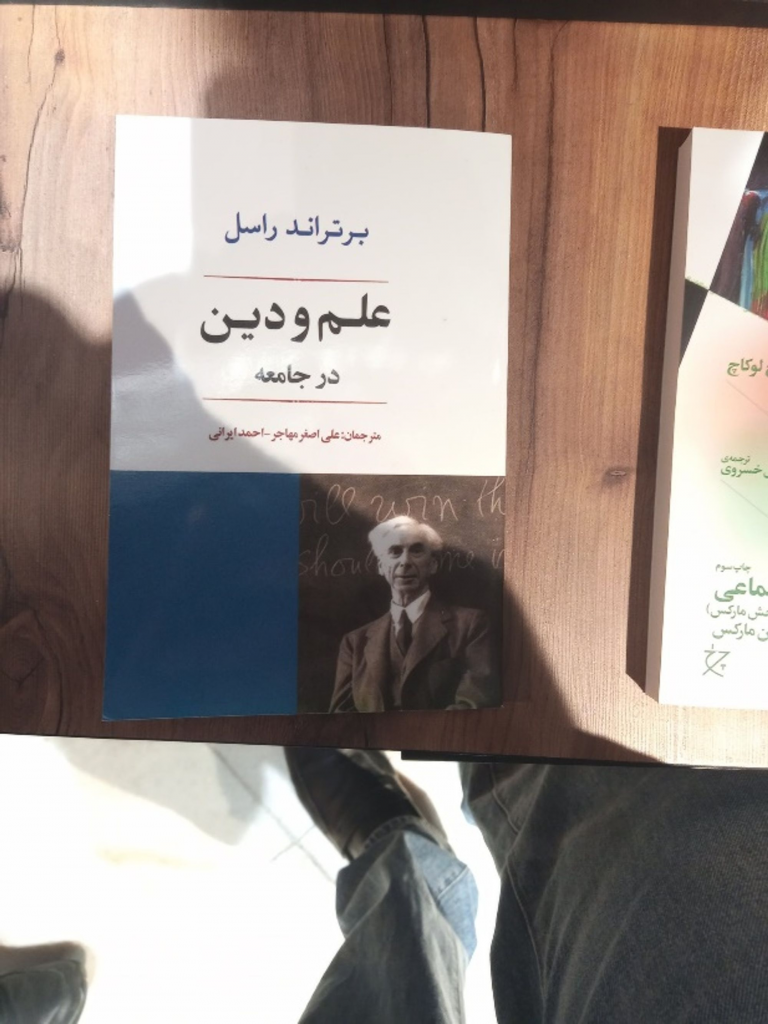
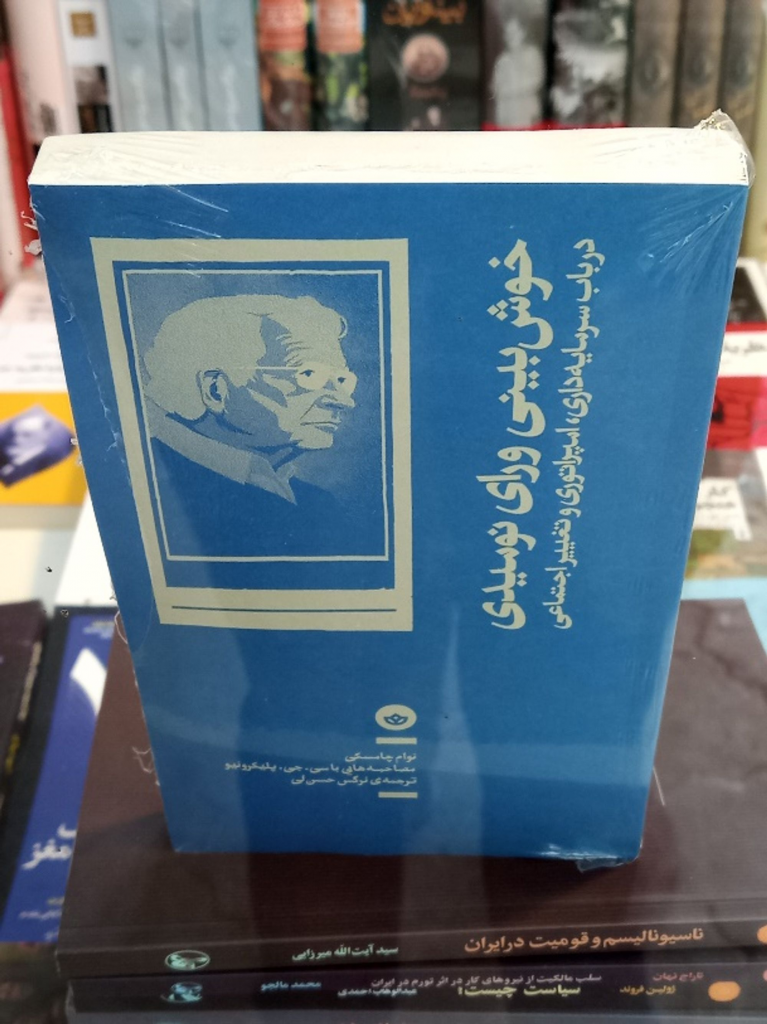
Iran’s Human Development
One plausible reason why many Iranians might support their government comes down to the old saying “it’s the economy stupid”.
Iran has achieved more under sanctions than many developing countries with comparable social economic conditions. Media reports have a habit of showing women wearing bikinis on the beach during the reign of Shah Reza Pahlavi, as a proof that they were treated better during this period. But this imagery obfuscates the fact that throughout Iranian society, the status of women when measured using social economic markers was objectively more dire than it is today.
At the time of the 1979 Revolution literacy rates in the overall population were just over 35% and Iran’s fertility rate (the best proxy that economists use for the advancement of women) stood at 6.5 children per women, on a par with countries like Chad’s in 2023 – the poorest country in Sub-Saharan Africa. Today, as per the World Bank’s data, up to 98% of Iranian children are literate and as the American Enterprise Institute’s Demographer Nicholas Eberstadt’s noted in 2020, Iran’s fertility rate fell 70% in one generation – the highest decline of any country human history – faster even than the impact of China’s one child policy.
Yet despite obvious discriminatory laws, women in Iran have made significant advancements to the point that they make up 70% of all mathematical and science graduates and a 2019 article from the Washington based, Middle Eastern Institute, has remarked, that despite the barriers to entry, an increasing amount of Iranian Women are starting their own companies. Other anecdotal evidence of the advancement of women include Maryam Mirzakhani being the first women to ever win a Fields Medal in Mathematics. But the slow progression is not just a function of the elite as women have also been allowed to enter working class professions – in fact our night bus driver from Isfahan to Bushehr was a woman.
A mathematics professor in Zanjan told me the remarkable story of her mother who was an uneducated carpet weaver and able to speak only Azeri. An inability to speak Farsi, the lingua franca of Iran, deprived her all her life from finding employment outside of a few poor cities. Her mother had 6 children and was dependent on the income of her husband. Yet today the daughter teaches mathematics at the graduate level, speaks not just Azeri, but also Farsi, English, and a bit of French and more remarkably all her siblings went through Iran’s university education system. Stories of this kind are not uncommon among Iranians who grew up in the years after the Iran-Iraq War. If a society can offer this type of upwards mobility, why is it a surprise that election after election the Iranian Government shows a strong support in rural areas in particular?
Other significant signs of human development include Iran’s ability to address rural poverty. As a elder lady remarked to me in rural Bushehr when I asked her about the changes in the last 40 years “the Shah forgot about the villages”. Today, Iran enjoys full rural electrification, full rural sanitation, and near universal internet access – Iran has even been awarded the UNESCO certificate for bringing telecommunications to rural areas. The impact of these policies has been so significant that the number of Iranians who live in rural areas compared to 1979 halved by 2020, resulting in large migration to the cities where they often find work as Traders in the Bazaars.
Iranian city planners furthermore have managed to incorporate the migrating hawkers, what South Africa’s President Thabo Mbeki called ‘the second economy’ into the formal economy – the root cause of instability across the developing world. For example, new developments such as the town Baherestan outside of Isfahan have city planners size portions of the street for labour markets – the first areas that migrants usually go to. As a journalist told me in Tehran, the migrants generally don’t stay in the Bazaars for more than one generation.
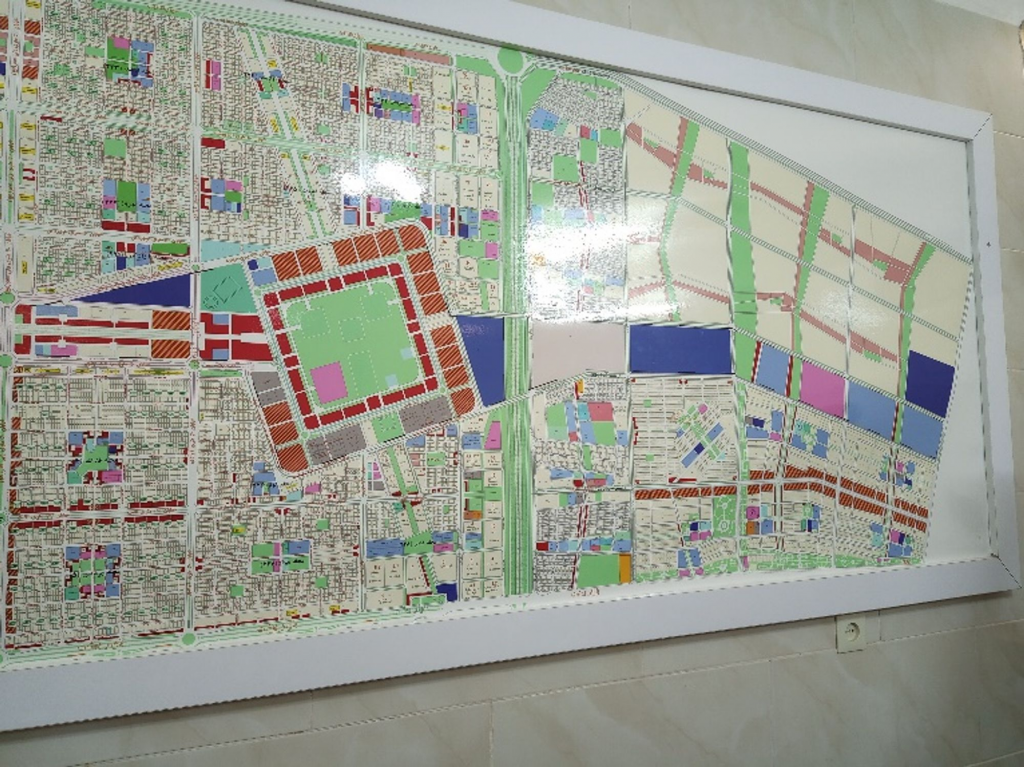
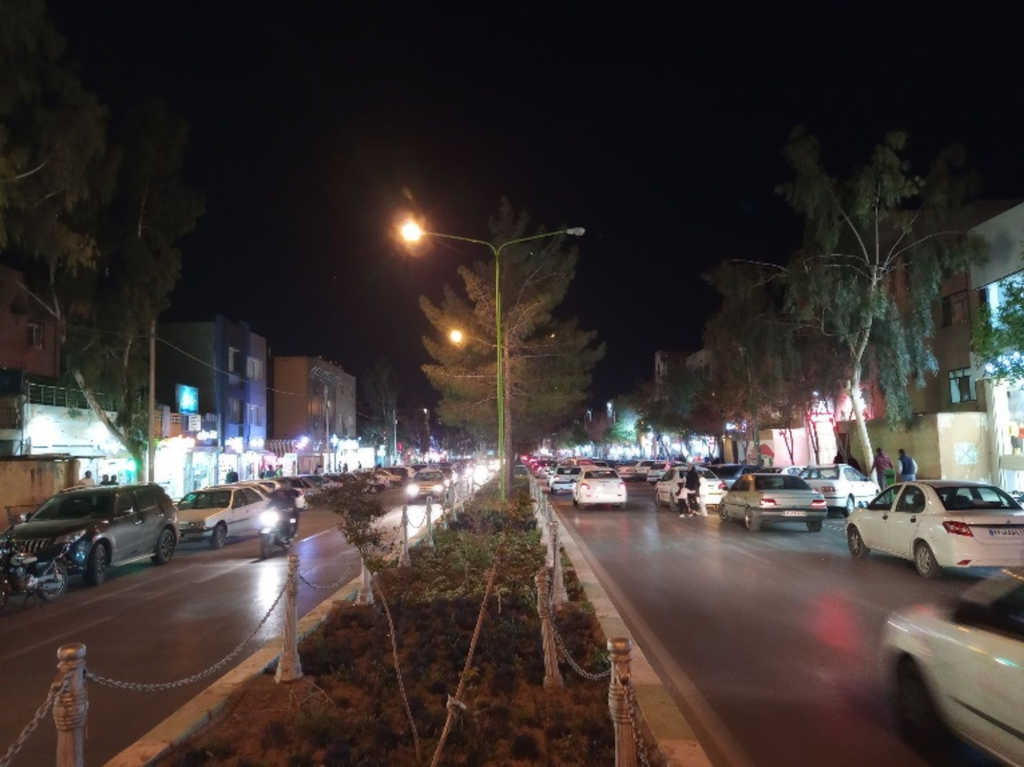
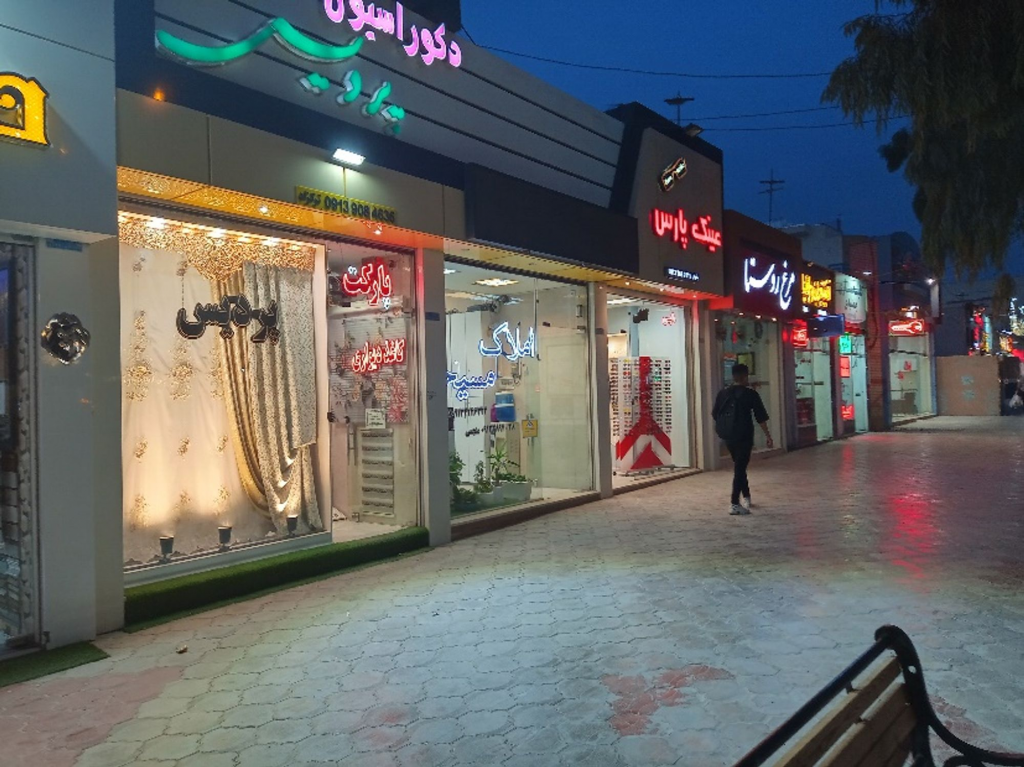
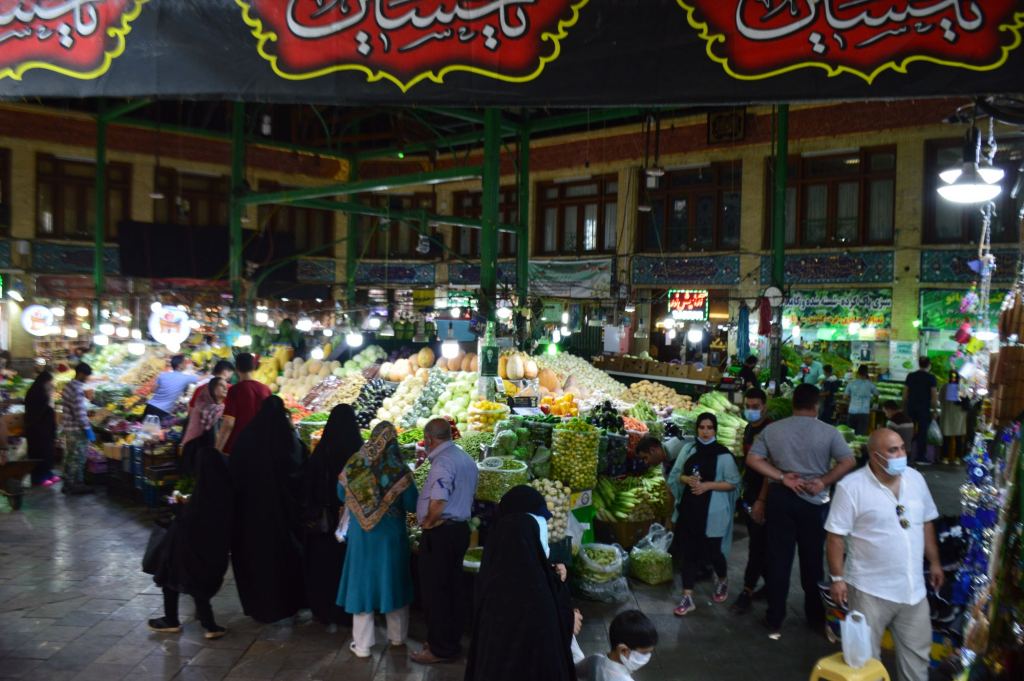
Geographical Divide
It is important to realize is that Iran is a geographically based society with attitudes and opinions differing strongly between large cities, smaller towns, and the countryside. A poll from 2018 found that the majority of Iranians agreed with the statement that “Women should wear the hijab even if they don’t believe in it” with support being a function of geography, the lowest in large urban centers and the strongest in areas that host religious shrines. Western media often cover protests that take place in the liberal suburbs of Northern Tehran or the Northern Caspian Sea, while obfuscating the strong pro-government support that might exist in more conservative areas like Ardabil, Zanjan, Qom, Isfahan or rural Bushehr.
Women’s Dress Code
On both visits in 2021 and 2023, it was already clear that many women were already moving away from the strictly mandated dress codes under Islam, but it wasn’t obvious that they were doing so in protest or defiance of their government. I have met women with strong views against their government, but they still do see the hijab are non-consequential and often defend it on the grounds that “their mothers wore it”. The enforcement is often based on cultural grounds with the highest pressure at home and within the family. Many women did, however, mention to us that they fear violating the hijab law in public, even those that admit that they, at times, do not wear their hijab.
On both of my visits, most women still wore a hijab; it was far removed from the full black chador that is mandated under strict Islamic practice with the notable exception of the holy city of Qom – where Fatima bint Musa – daughter of the seventh and sister of the eighth Imams in Twelver Shia died.
The city that had, by far, the most liberal attitude was Shiraz; in fact during the Nowruz Holiday at the Tomb of the Poet Hafez, my wife and I couldn’t find a single black chador, and there were lots of women going about their day as if the rules were inconsequential. In large metropoles like Shiraz and Tehran, I also saw couples holding hands and on Bushehr’s beach, next to the IRCG’s military base women were sitting on the ocean without any Hijab.

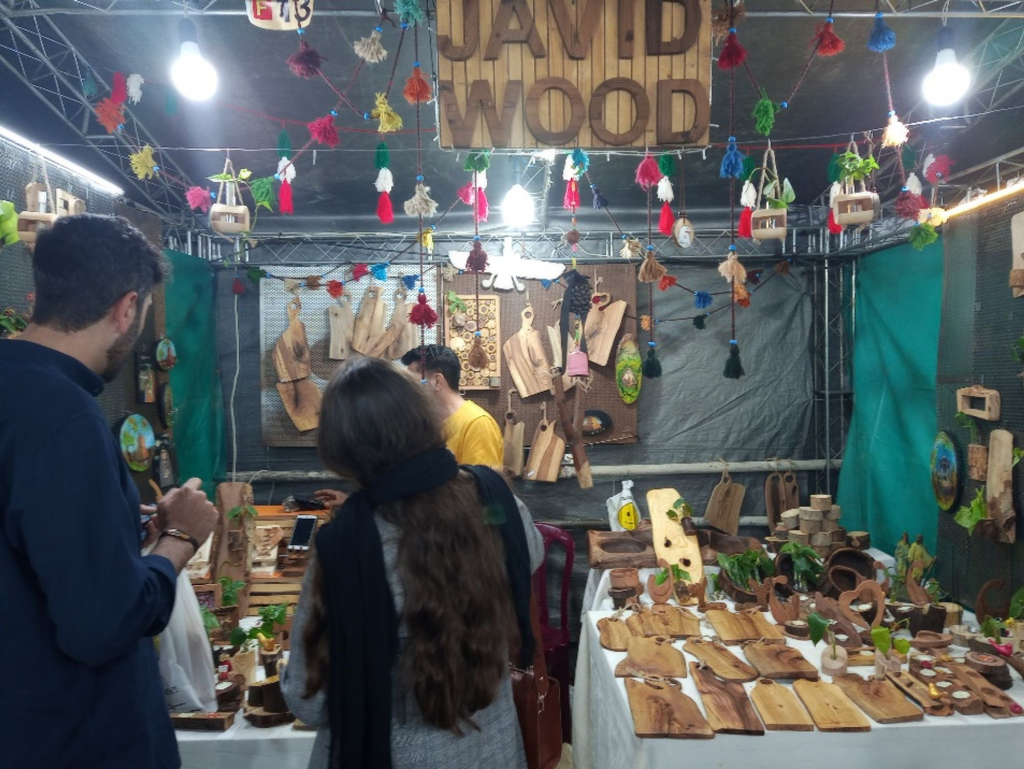

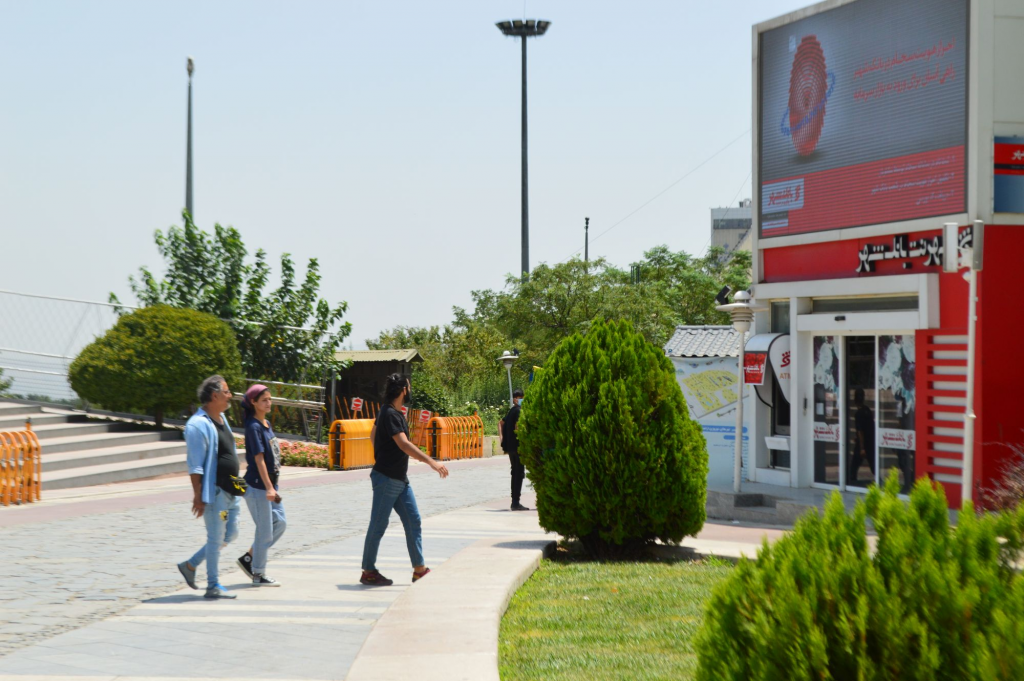
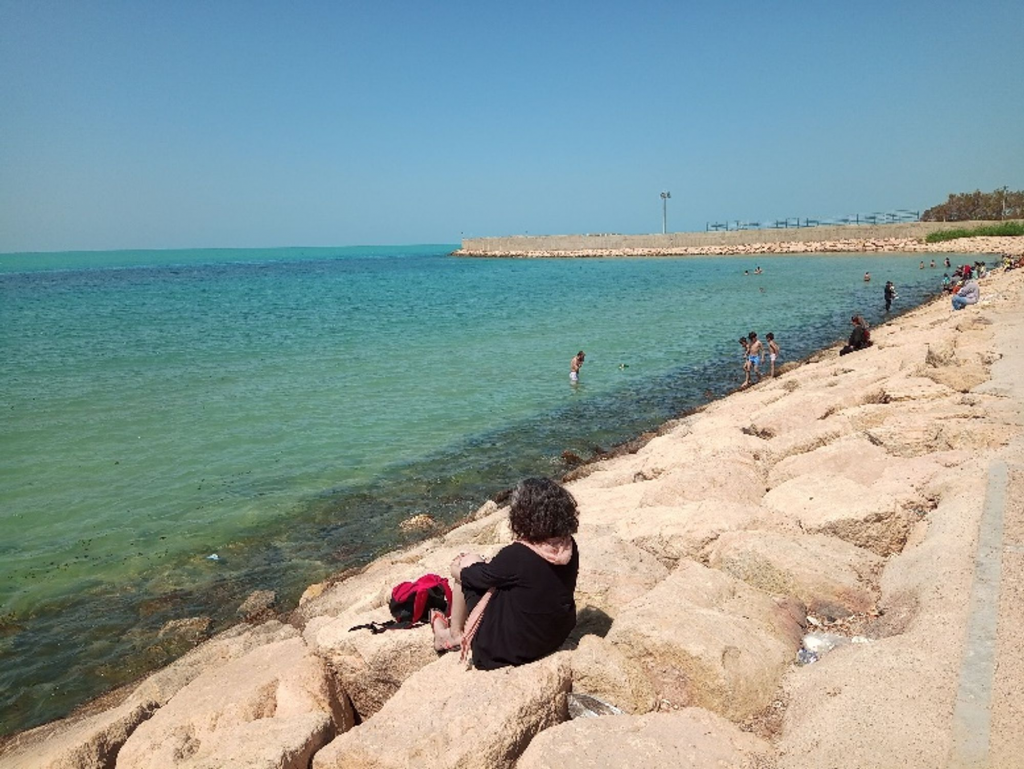
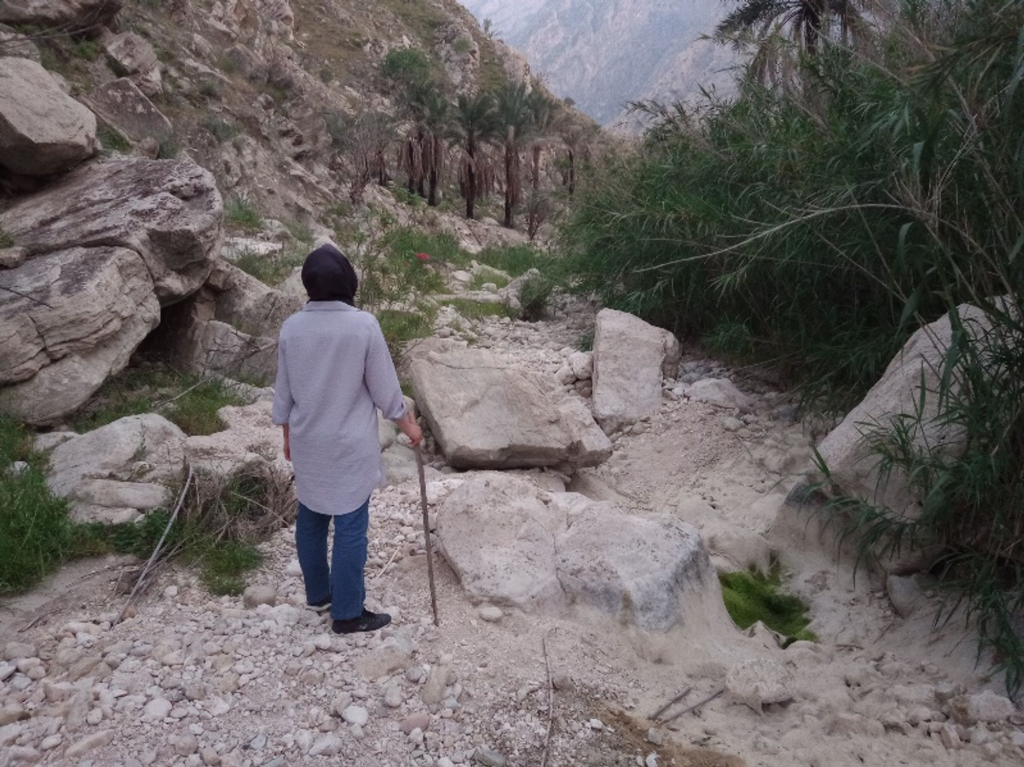
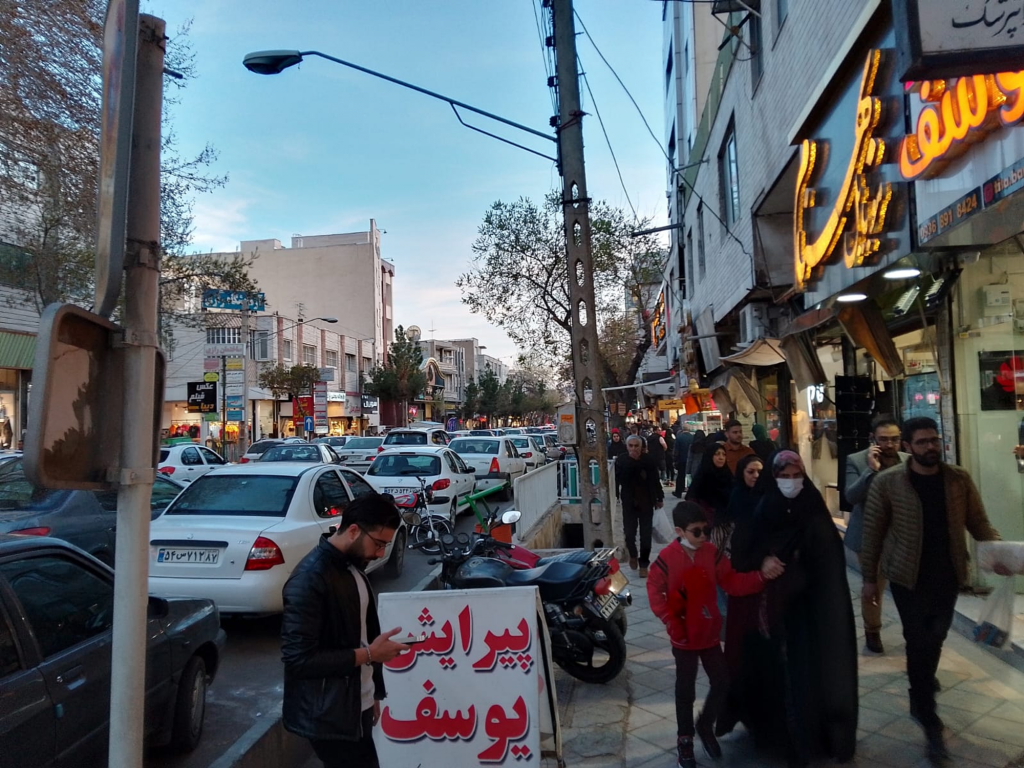
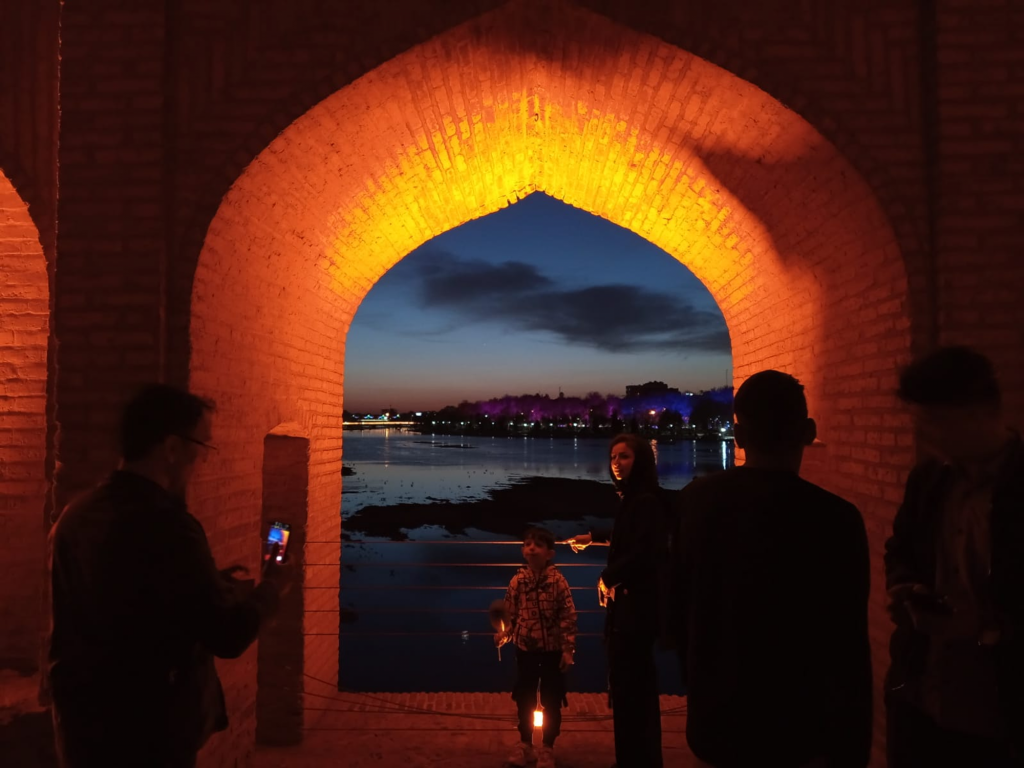
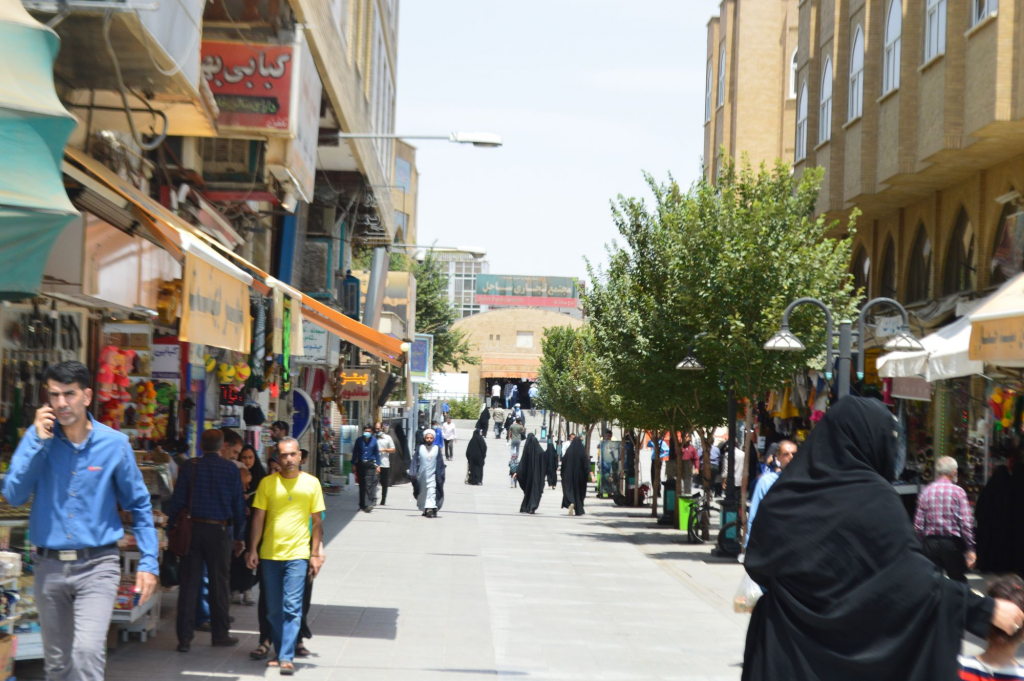
Conclusion
Despite observing examples of deviations from norms, my sense is that the support for the Iranian Government is stronger than anticipated in our media. The understandable sentiments of many Iranian women to want more personal freedom reflects the downwards trends that Iran’s own Parliamentary Advisory Committee admitted has been taking place since 1992. These trends are strongest in the larger metropoles and the suburbs of uptown Shiraz, Rasht, and Tehran in particular, but in rural areas or more conservative areas like Zanjan, Qom or even Isfahan I see very little evidence of it.
The Iranian Government’s latest attempt to use cameras to enforce the dress codes will probably be as ineffective as the 2005 laws that tried to fine women for not respecting the practice. One plausible reason why the laws are unenforceable is that the biggest violators of the dress codes tend to be the wives of the Iranian government officials and the sanction busters who tend to stay in the most liberal and uptown parts of the city.
Many analysts who are clearly influenced by the diaspora look for confirmatory evidence that the Iranian Government is about to fall and avoid looking at large crowds and large sections of the population with a rational reason to support their government.
To completely understand Iran and refute or confirm my opinion, one would require a thorough class and geographically based analysis.
(Featured Image: “File:Tehran The crowded city.jpg” by فرزانه ربیعی is licensed under CC BY-SA 4.0.)


